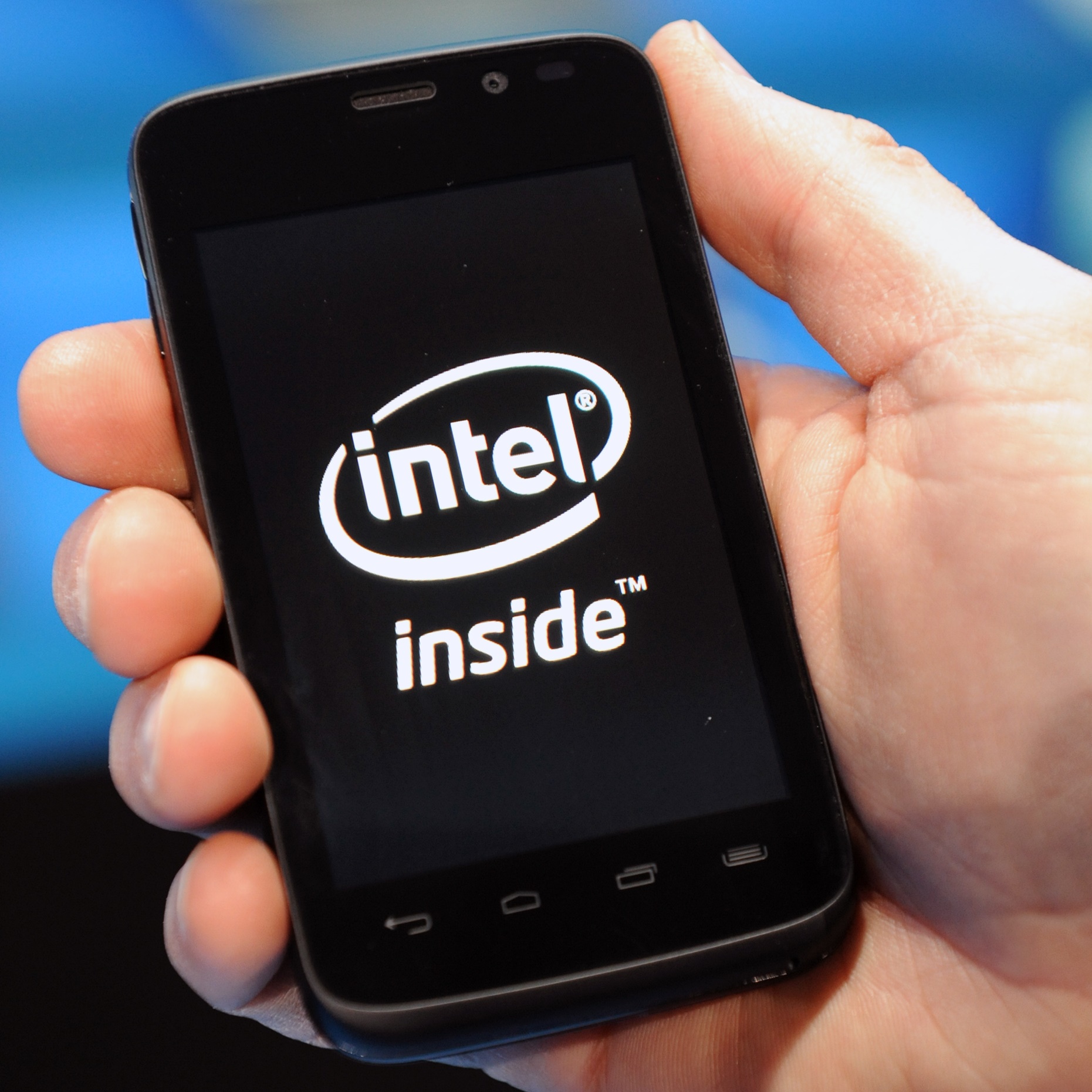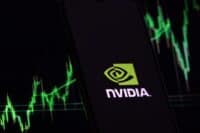

As the year gets off to a start, it is important to think about where the markets came from in 2016 and where they stand at the start of 2017 in order to make assumptions about how the markets will perform throughout the year. The Dow Jones Industrial Average closed out 2016 up 13.4% at 19,762.60, outperforming the 2016 gains of 9.5% for the S&P 500 and 7.5% for the Nasdaq.
24/7 Wall St. evaluates each of the 30 Dow components at the start of each year to come up with a forecast for the year ahead. Our bull-bear case pointed toward 19,700 for 2016, and that was without ever mentioning or considering the names Trump and Clinton in the outlook at that time. There does seem to be a path to Dow 22,000 that could come late in 2017, but it could also easily not come until 2018.
Using the Thomson Reuters consensus analyst price targets (mean) and taking total returns from dividends and past performance have to be given consideration. There are also internal business developments to consider on each company, and the technology sector is always in a state of change. For how the Dow can rise beyond 20,000, we have looked at three tech stocks having a singular role: IBM, Intel and Cisco.
Cisco Systems
Cisco Systems Inc. (NASDAQ: CSCO) ended the quarter down almost 4%, but the annual gain of 15.13% took shares to a year-end close of $30.22. Cisco is the largest dividend yield in the Dow’s tech giants, and it was even in the top five yields in the 2017 Dogs of the Dow.
Cisco’s consensus analyst price target from Thomson Reuters was $33.11 at the start of 2017. While this implied simple upside of 9.6%, the 3.4% dividend yield would make for an implied total return of 13.0% in 2017, if the analysts are correct.
Unfortunately for Cisco’s relation to the Dow, the reality is that it is the smallest weighted component at just 1.03% of the whole index. That means that Cisco shares could double, and if the rest of the Dow stocks were flat it would hardly make a difference to the Dow. Still, on its own it has above-average implied upside expectations and Cisco’s dividend remains solid for tech investors.
Valuations remain compelling for Cisco, and it is well-known that Cisco loves buying back stock. If the company is able to repatriate overseas cash, CEO Chuck Robbins even said directly that more stock would be purchased. Its earnings per share of $2.36 in 2016 is expected to rise to $2.49 in 2018 and $2.60 in 2019. That slow of earnings growth may be capping upside. Still, Cisco is valued at less than 13 times expected 2017 earnings expectations. Imagine if Cisco can deliver serious earnings upside after its years of restructuring efforts.
Cisco has been changing its model in recent years. It remains more focused on sales and enterprise-wide sales opportunities where it can offer networking, data center and security from the top to the bottom. One issue holding back Cisco is that many of the core growth markets (emerging markets) have been growing far less than their potential. China also has been a huge effort, even if domestic companies in China would rather get sales locally than letting Cisco get them.
In mid-December, JPMorgan’s tactical options team warned that Cisco was near a peak price and valuation with limited catalysts and unfavorable sector rotation. They recommend that shareholders buy protection (put options). The firm recently maintained only a $29 price target and emphasized a negative view. Also in December, Credit Suisse maintained its Underperform rating and a below-consensus target price of $25.
UBS took the more bullish side of the coin in December, addressing secular challenges but going at other issues around earnings weakness. UBS kept its Buy rating alive, as well as its price target of $35. That target was based upon 14 times expected 2017 earnings, and the firm thinks Cisco has superior margins over rivals in tech. UBS even called Cisco inexpensive on a free-cash-flow basis by almost one-third. The firm sees Cisco ONE as the first step to the company generating more recurring revenue from its core networking franchise
Cisco shares have a 52-week trading range of $22.46 to $31.95. The market cap is $153 billion, and the dividend yield is 3.4%.
Intel
Intel Corp. (NASDAQ: INTC) generated a return of almost 9% in 2016, with its year-end closing price being $36.27. Intel’s consensus price target of $39.89 suggests gains of almost 10%, and the 2.9% dividend yield would make for an implied gain of 12.9% on a total return basis in 2017, if analysts are accurate here.
The semiconductor and processor giant has a problem of its weighting in the Dow that is similar to Cisco, in that it is ranked quite low. Its low share price gives Intel just a 1.25% weighting in the Dow, making it ranked 27th out of the 30 Dow stocks. Similar to Cisco, Intel could double and it would hardly move the Dow’s index level, if the other components somehow did not participate.
One issue that may hold down excitement is that roughly half of Intel’s revenue is still viewed by outsiders as derived from the traditional PC market. That just isn’t sexy for investors who think that Apple and ARM’s processors are taking more units at the same time that AMD and NVIDIA are gaining in graphics and other initiatives. Still, Intel is valued at just 13 times expected earnings, and that is a big discount to the market as a whole and to other chip giants. What if any of the growth initiatives and Intel’s list of acquisitions and venture investments start to pay off faster than expected? As we have seen with Microsoft, what if the traditional PC market actually still has value?
A firm called Loop Capital issued a $40 price target for Intel in December. Merrill Lynch has been positive here, but it was far more positive on AMD and NVIDIA in December for upside prospects. Many other analysts trimmed their Intel price targets after its final earnings report for 2016.
What investors might want to consider is that Intel is still the industry behemoth. While Softbank has acquired ARM, Intel still dominates in traditional processors and servers. It has lost money as it tries to get more mobile share, but artificial intelligence and machine learning still offer massive upside ahead. Ditto for upside from the so-called Internet of Things, driven in part from past acquisitions.
China and proprietary fabrication remain key upside potential here. UBS is positive on Intel (but just with a $40 target) and the firm said that a 2017 surprise catalyst for Intel’s stock could be sales upside from its China memory fab. It also sees a $1.4 billion annual run rate and a five-cent contribution to earnings per share on 3D NAND that is not even in the estimates yet. Deutsche Bank (with a $42 price target) believes its original design manufacturing operations will help it reach the high end of guidance.
Intel has a 52-week range of $27.68 to $38.36 and a market cap of $173 billion. Its dividend yield is 2.8%.
IBM
International Business Machines Corp. (NYSE: IBM) had a dividend adjusted return of about 25.2% after closing at $165.99 in 2016. That recovery may have made Warren Buffett happy as the largest shareholder, but the reality is that many analysts, investors, market pundits and industry watchers remain negative on Big Blue’s prospects. There is even a chance that IBM’s outperforming gains in 2016 could have pulled forward much of what might have been possible for 2017.
IBM’s consensus year-end analyst price target of $156.62 would imply that IBM shares actually are overvalued by 5.6% for 2017. Its 3.4% dividend yield would mitigate that implied total return in 2017 down to a lower loss of 2.2%, if the analysts have their calls right.
What is a drag for IBM is its legacy IT-outsourcing business. Still, it could win massively under a Trump infrastructure build-out with all the IT-services that could be required to support actual projects. Another drag is that IBM’s growth initiatives, while growing fast, are just not yet a large enough piece of the pie to drastically alter how analysts and investors are willing to value the company’s earnings. Also, IBM’s dividend yield of 3.4% is high, and that dividend is expected to keep growing as IBM’s payout ratio is only around 40%.
One thing to consider is that IBM’s weighting in the Dow is massive at 5.8% due to its high share price. That makes IBM’s weighting the third largest of the Dow, so any upside could lead to unexpected Dow gains in 2017 and beyond. This actually makes the weighting of IBM more important by 25% or so than the weightings of Microsoft, Intel and Cisco combined.
Another drag is that IBM had to jettison its massively engineered earnings target of $20 per share in recent years. Earnings per share fell in 2014 and 2015 and are expected to have dropped in 2016 — with only a marginal recovery seen in 2017 and 2018. Still, with a valuation of less than 13 times earnings, this constantly screens as a “cheap” stock for value investors. The skeptics argue that this cheapness is still engineered by share buybacks and that the value of the core business could be worth even less ahead.
Credit Suisse ($110 target) and Jefferies ($125 target) have been rather cautious on IBM’s growth prospects, both which have the equivalent of “Sell” ratings. Both firms have price targets low enough that they feel IBM could lose all the 25% gains of 2016 and then some. They were quite accurate during the 2015 and 2016 slide, but they missed the boat on the 2016 rally.
One very bullish analyst report came from Merrill Lynch just a day or two after the election results generated a massive broad market rally. It raised its rating to Buy from Neutral and raised its price objective to $185 from $170. Merrill Lynch’s Wamsi Mohan thinks IBM could have several drivers of earnings growth in 2017 and beyond with earnings growth set to resume. This is after moderating mergers and acquisitions and from the mainframe cycle in 2017, and Mohan said he was looking for organic growth in 2018 with an optionality from artificial intelligence and flat free cash flow.
CEO Ginny Rometty, with some protest from some employees, has issued a letter to Donald Trump that detailed steps that she thinks could help Americans benefit from advances in technology. IBM even committed in December to hire 25,000 workers in the United States.
Big Blue has a 52-week range of $116.90 to $169.95. The market cap is $158 billion and the dividend yield is 3.4%.
Take This Retirement Quiz To Get Matched With A Financial Advisor (Sponsored)
Take the quiz below to get matched with a financial advisor today.
Each advisor has been vetted by SmartAsset and is held to a fiduciary standard to act in your best interests.
Here’s how it works:
1. Answer SmartAsset advisor match quiz
2. Review your pre-screened matches at your leisure. Check out the
advisors’ profiles.
3. Speak with advisors at no cost to you. Have an introductory call on the phone or introduction in person and choose whom to work with in the future
Take the retirement quiz right here.
Thank you for reading! Have some feedback for us?
Contact the 24/7 Wall St. editorial team.



